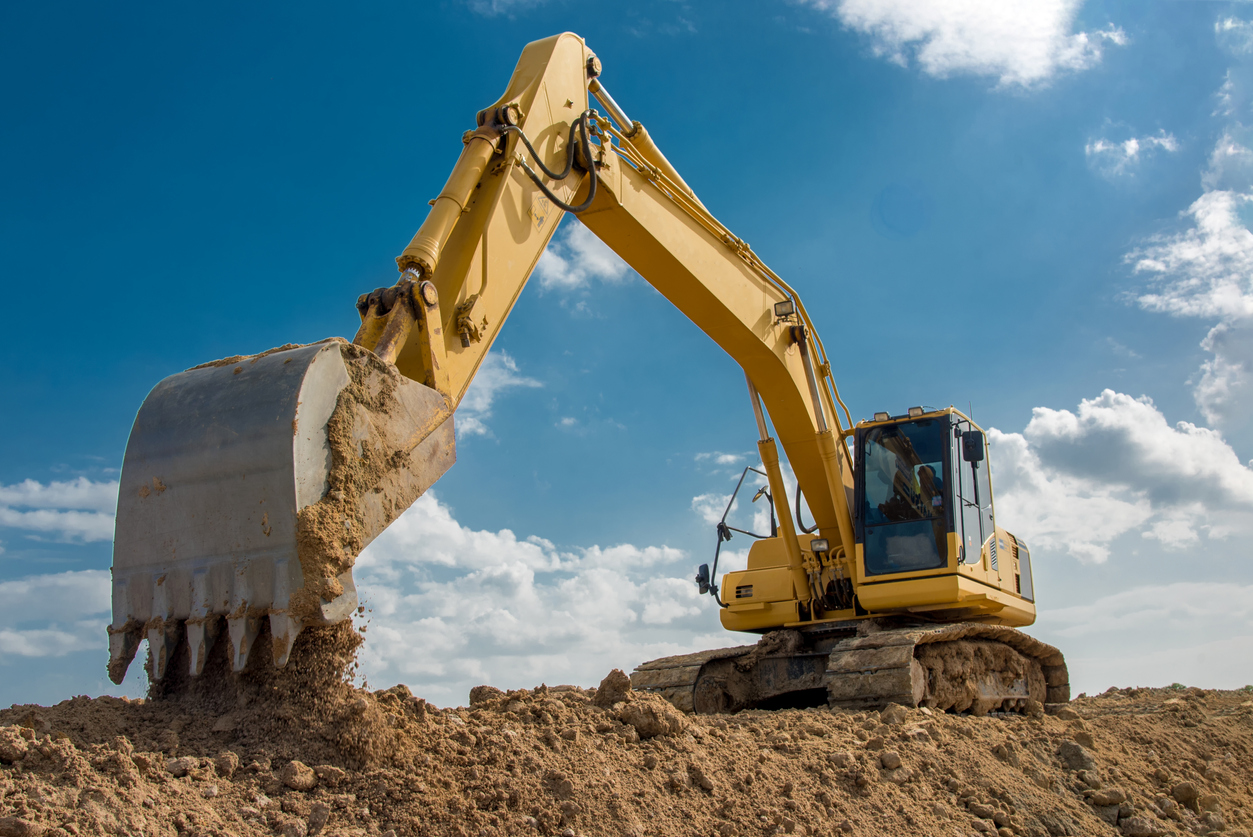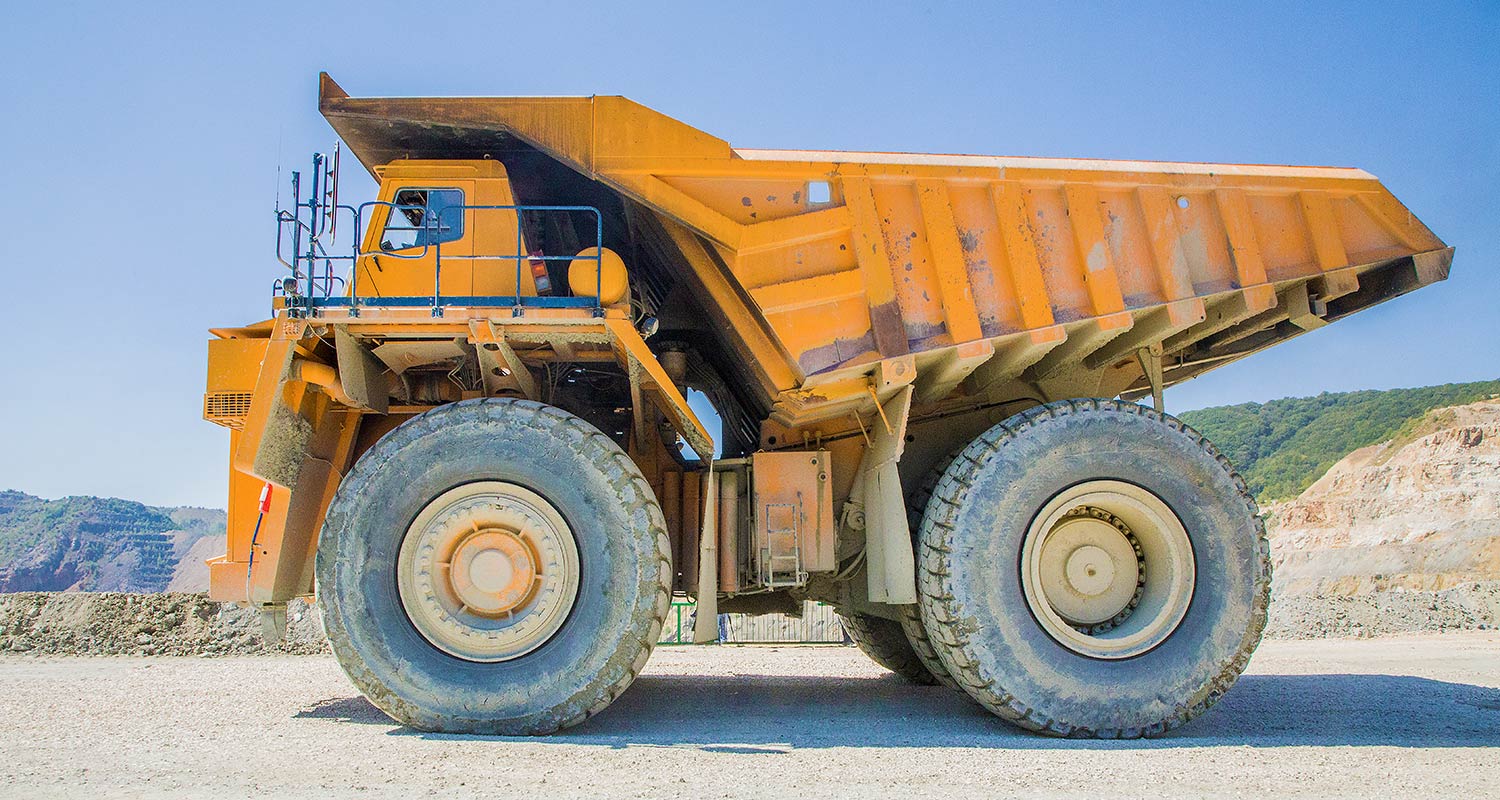Boom Lift Rental: Get To New Heights Safely
Wiki Article
Renting Vs. Buying Building And Construction Devices: Making the Right Option for Your Task
When getting started on a building job, one of the essential choices that forecast stakeholders and supervisors deal with is whether to get or lease building and construction equipment. The decision pivots on numerous factors such as expense considerations, job period, tools upkeep, scalability, threat, and versatility monitoring.Expense Considerations
Renting devices usually calls for reduced first repayments compared to acquiring, making it an appealing option for temporary jobs or professionals with spending plan constraints. In the lengthy run, constantly leasing devices can build up higher costs than acquiring, specifically for extensive projects.On the other hand, acquiring construction equipment includes greater upfront costs however can result in lasting financial savings, especially for regular customers or long-lasting tasks. Eventually, the choice in between renting out and getting building and construction equipment hinges on the task's period, frequency of use, budget plan factors to consider, and long-term monetary goals.
Job Duration

Conversely, for long-lasting projects or ongoing construction work, getting devices might be the extra economical option. Purchasing tools can bring about cost savings in the lengthy run, especially if the equipment will be frequently used. Additionally, owning devices offers a feeling of control over its schedule and enables personalization to fit particular job requirements.

Devices Maintenance
Provided the critical role project duration plays in figuring out the most cost-efficient strategy in between leasing and buying building and construction equipment, the focus now shifts in the direction of taking a look at the crucial aspect of devices maintenance. On the other hand, having equipment needs an aggressive approach to maintenance to avoid break downs, ensure security, and prolong the equipment's life-span. Ultimately, a well-maintained building devices fleet, whether rented out or had, is necessary for the efficient and successful conclusion of construction projects.Versatility and Scalability
In the realm of building and construction equipment administration, the aspect of adaptability and scalability holds significant value for project performance and resource usage. Opting to lease building equipment offers a high degree of flexibility as it permits for the quick change of devices types and amounts based on the developing needs of a project.Leasing building and construction tools offers the benefit of conveniently scaling procedures up or down as job needs vary. Professionals can promptly include or trade equipment to match the task's altering demands without the restraints of check this having properties that might end up being underutilized or obsolete.
Danger Monitoring
Effective threat monitoring in building equipment operations is paramount to making sure job success and mitigating potential monetary losses. Building projects naturally involve numerous dangers, such as devices malfunctions, crashes, and project hold-ups, which can dramatically impact the job timeline and spending plan. By carefully considering the threats related to owning or leasing building devices, task supervisors can make informed choices to lessen these potential threats.Leasing building tools can use a level of risk reduction by transferring the responsibility of upkeep and fixings to the rental firm. This can reduce the financial burden on the job proprietor in case of unexpected devices failures (mini excavator rental). Furthermore, renting out gives the versatility to access specialized tools for particular task stages, minimizing the danger of having underutilized equipment
On the other hand, possessing building and construction equipment supplies a feeling of control over its use and maintenance. Nonetheless, this likewise implies bearing the complete duty for repair services, upkeep prices, and depreciation, raising the economic risks linked with devices possession. Mindful risk assessment and factor to consider of elements such as task period, visit homepage equipment utilization, and upkeep demands are crucial in establishing the most appropriate option for efficient threat administration in building tasks.
Verdict
In final thought, when choosing in between buying and leasing construction equipment, it is essential to consider expense, job duration, tools upkeep, adaptability, risk, and scalability management. Each variable plays a vital role in establishing the most ideal alternative for the task available. By very carefully assessing these aspects, task managers can make an enlightened decision that straightens with their budget, timeline, and overall task objectives.
Report this wiki page